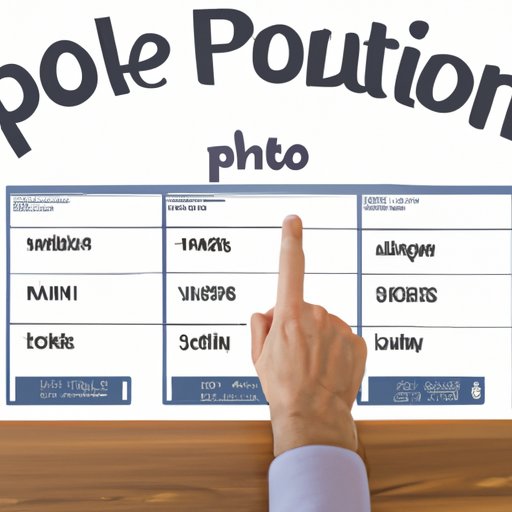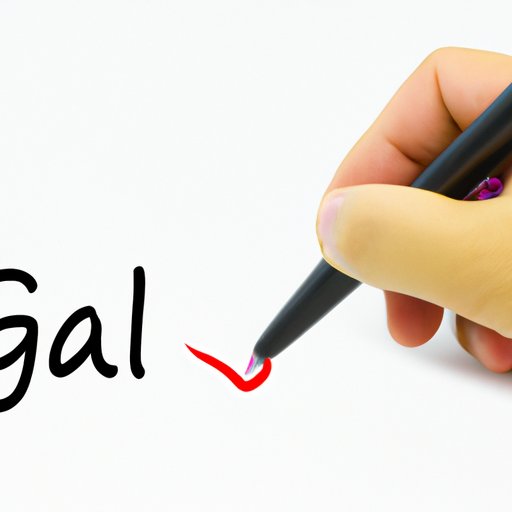Introduction
An online petition is a powerful tool for citizens to make their voices heard and bring about real change. Whether you’re advocating for a cause or trying to solve a problem, starting an online petition can be a great way to rally support and generate attention.
But where do you start? This guide will walk you through the steps needed to create an effective online petition, from researching your issue to following up with supporters. Read on to learn more about the power of citizen action and how to start an online petition.
Research the Issue You Want to Address
Before you write your petition statement, it’s important to do some research so you understand the issue you’re trying to address. Start by identifying the problem and looking into what causes it. Consider any potential solutions that have been proposed, as well as any relevant laws or regulations.
Gathering evidence to support your cause can also help build credibility and increase engagement. According to the Harvard Political Review, “Data is often the most persuasive tool in driving public opinion.” Seek out news articles, studies, and testimonials that demonstrate the need for change.
Write a Compelling Petition Statement
Now it’s time to craft a compelling petition statement. Think about who your audience is and tailor your message accordingly. For example, if you’re addressing a local issue, focus on how the community will benefit from the proposed changes. If you’re addressing a national issue, emphasize how the entire country will be affected.
Keep your statement concise and clear. According to the Citizen Engagement Lab, “If people don’t understand your petition or its purpose, they won’t sign it.” Aim for no more than two or three sentences and include a call to action that explains what you want supporters to do.

Choose an Online Platform for Your Petition
Once you’ve written your petition statement, you’ll need to choose an online platform to host it. Popular platforms like Change.org, Care2, and iPetitions are easy to use and offer features like automated emails, donation options, and signature verification.
Take advantage of these features to customize your petition and make it stand out from the crowd. For example, you can add images, videos, and links to provide additional context and encourage people to take action.

Set a Goal for Signatures
Setting a goal for signatures is an important part of planning your petition. Establish reasonable goals based on the size of your network and the scope of your issue. For example, if you’re trying to pass a law at the state level, you may need thousands of signatures to get the attention of lawmakers.
It’s also important to estimate a timeframe for reaching your goals. According to Stanford Social Innovation Review, “Setting a timeline helps keep petitioners motivated and gives them something to measure progress against.”
Promote Your Petition
Once your petition is live, it’s time to promote it. Leverage your social media network to spread the word and reach out to influencers who can help you drive more signatures. Consider creating a hashtag to help people easily find and share your petition.
You may also want to consider traditional marketing tactics like email blasts, print materials, and radio spots. According to the Citizen Engagement Lab, “The more channels you use to spread the word, the better your chances of success.”

Follow Up and Make Change Happen
As your petition gains traction, it’s important to stay engaged and monitor progress. Reach out to supporters and update them on any developments. Celebrate successes and thank people for their support.
Most importantly, don’t forget to follow up and make sure change actually happens. If you’re working to pass a law, contact your representatives and urge them to take action. If you’re advocating for a cause, look for ways to move the needle and keep momentum going.
Conclusion
Starting an online petition is a powerful way to make your voice heard and bring about change. By doing your research, writing a compelling statement, choosing an online platform, setting a goal for signatures, and promoting your petition, you can rally support and generate attention for your cause. Don’t forget to follow up and make sure change actually happens. With the right strategy and commitment, you can make a difference.
(Note: Is this article not meeting your expectations? Do you have knowledge or insights to share? Unlock new opportunities and expand your reach by joining our authors team. Click Registration to join us and share your expertise with our readers.)
